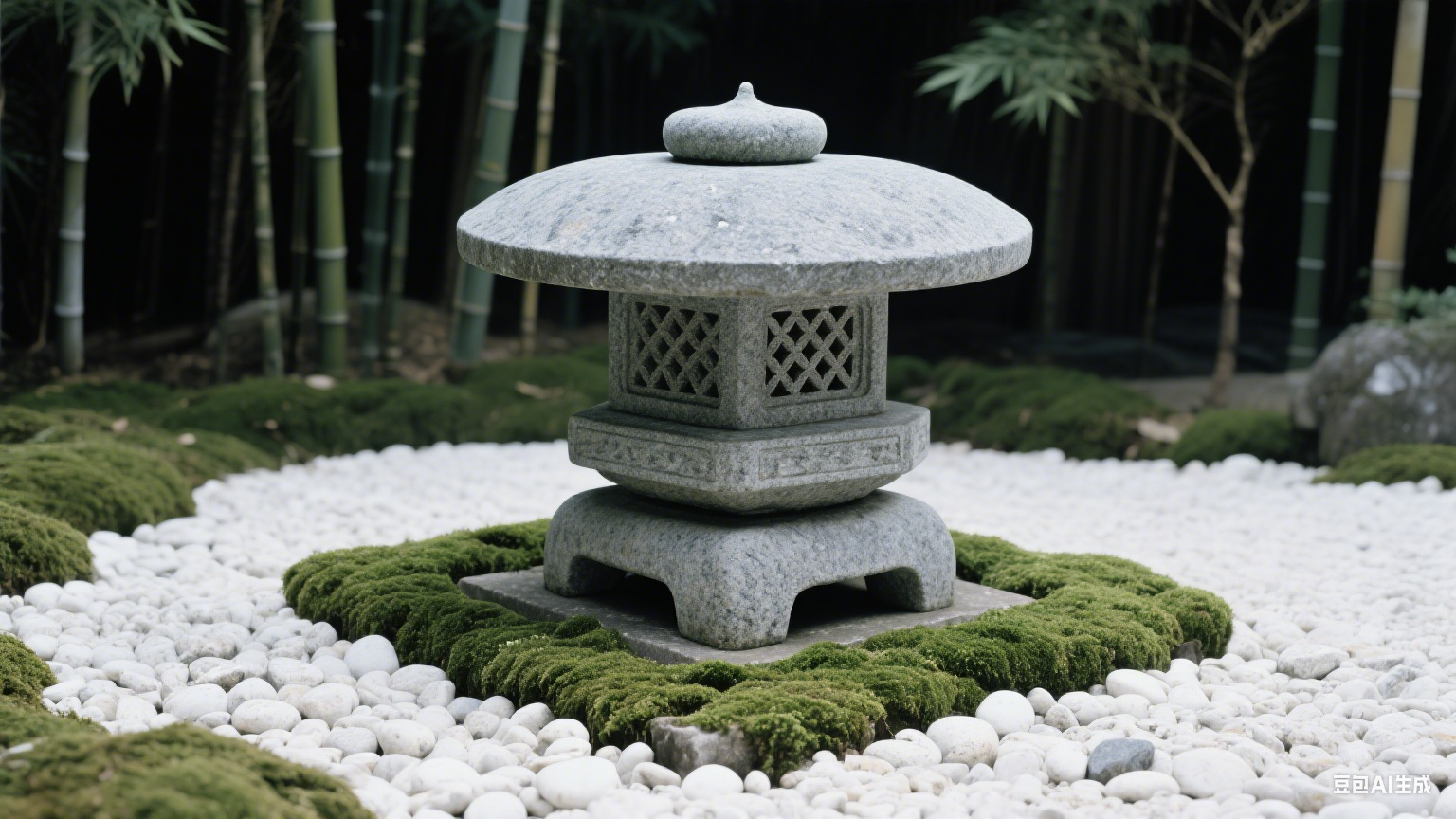Europe has long been a cradle of artistic innovation and craftsmanship, particularly in the realm of stone sculpture. As demand for large-scale monumental projects grows globally, specialized OEM (Original Equipment Manufacturer) studios in Europe have emerged as key players in delivering bespoke stone sculptures that blend heritage with modern precision. This article explores the role of European OEMs in producing high-quality stone sculptures for monumental applications, their technical expertise, and the value they offer to international clients.
The Legacy of European Stone Sculpture Craftsmanship
European artistry in stone carving traces back to classical antiquity, with milestones like the Parthenon in Greece and Roman triumphal arches. This legacy was further refined during the Renaissance, when masters like Michelangelo transformed marble into lifelike forms. Today, European OEMs inherit this tradition, combining centuries-old techniques with contemporary technologies. Countries such as Italy, France, and Spain remain hubs for sculpture production, where artisans train for decades to master skills like hand carving, 3D modeling, and stone selection. This deep-rooted expertise ensures that OEMs can replicate historical styles or create avant-garde designs tailored to modern architectural contexts.
Why Choose European OEMs for Monumental Sculptures?
Monumental projects—ranging from civic memorials to religious statues—require sculptures that are both visually striking and structurally durable. European OEMs excel in this niche due to several factors:
-
Material Excellence: Europe’s quarries, such as Italy’s Carrara marble and Sweden’s granite deposits, provide premium raw materials resistant to weathering and erosion. -
Customization: OEMs prioritize client collaboration, offering 3D prototyping, scale adjustments, and material substitutions while maintaining artistic integrity. -
Technical Precision: Advanced CNC machinery and laser scanning ensure accuracy in replicating intricate details, even for colossal installations. -
Project Management: From concept to delivery, European studios adhere to strict timelines and international safety standards, crucial for large-scale public works.
The Production Process: Tradition Meets Innovation
Creating monumental sculptures involves a multi-stage process that balances manual skill with digital tools:
-
Design Development: Clients provide sketches or digital models, which are refined using CAD software. Artisans then craft clay maquettes for approval. -
Stone Selection: Blocks are handpicked based on color consistency, grain structure, and suitability for the project’s environment. -
Rough Shaping: CNC routers carve the basic form, reducing material waste and saving time compared to manual methods. -
Hand Finishing: Master sculptors add textures, facial expressions, and fine details, ensuring the piece retains a human touch. -
Surface Treatment: Techniques like sandblasting or polishing enhance durability and visual impact, depending on the sculpture’s placement (indoor/outdoor). -
Assembly: For oversized works, modular components are prefabricated and fitted on-site, minimizing logistical challenges.
Case Studies: Iconic Projects by European OEMs
Several recent projects highlight the capabilities of European sculpture OEMs:
-
The Europa Monument (Poland): A 25-meter-tall allegorical statue symbolizing European unity, crafted from Polish limestone using hybrid carving techniques. -
Dubai’s World Expo Sculptures (2020): Italian OEMs produced abstract stone installations that integrated LED lighting, showcasing adaptability to futuristic designs. -
The National Memorial for Peace and Justice (USA): Though located abroad, the memorial’s stone components were sourced and carved by Spanish studios renowned for their precision in large-scale public art.
These examples demonstrate how European OEMs cater to diverse cultural and aesthetic demands while maintaining technical rigor.
Sustainability and Ethical Practices
In an era where environmental responsibility is paramount, European OEMs prioritize sustainable practices:
-
Waste Reduction: Offcuts are repurposed into smaller artworks or construction materials. -
Energy Efficiency: Solar-powered workshops and water recycling systems minimize ecological footprints. -
Ethical Sourcing: Quarries adhere to EU regulations on labor rights and land conservation, ensuring responsible material extraction.
Clients increasingly value these practices, aligning monumental projects with global sustainability goals.
Challenges and Future Directions
Despite their strengths, European OEMs face challenges such as rising production costs and competition from lower-cost regions. However, their focus on niche markets—such as hyper-realistic figurative sculptures or historically accurate replicas—keeps them ahead. Emerging technologies like AI-driven design algorithms and robotic carving arms are also being adopted to enhance efficiency without compromising artistry.
Conclusion
European OEMs specializing in stone sculptures for monumental projects represent a unique fusion of heritage and innovation. Their ability to merge artisanal craftsmanship with industrial precision positions them as leaders in a competitive global market. For architects, governments, and developers seeking timeless yet technically robust sculptures, partnering with European studios ensures both aesthetic excellence and enduring quality.
References:
European Stone Association. (2022). Tradition and Technology in Modern Sculpture Production.
International Monument Review Board. (2021). Case Studies in Public Art Fabrication.
Sustainable Materials Journal. (2023). Ethical Practices in Stone Quarrying and Sculpture Manufacturing.”
